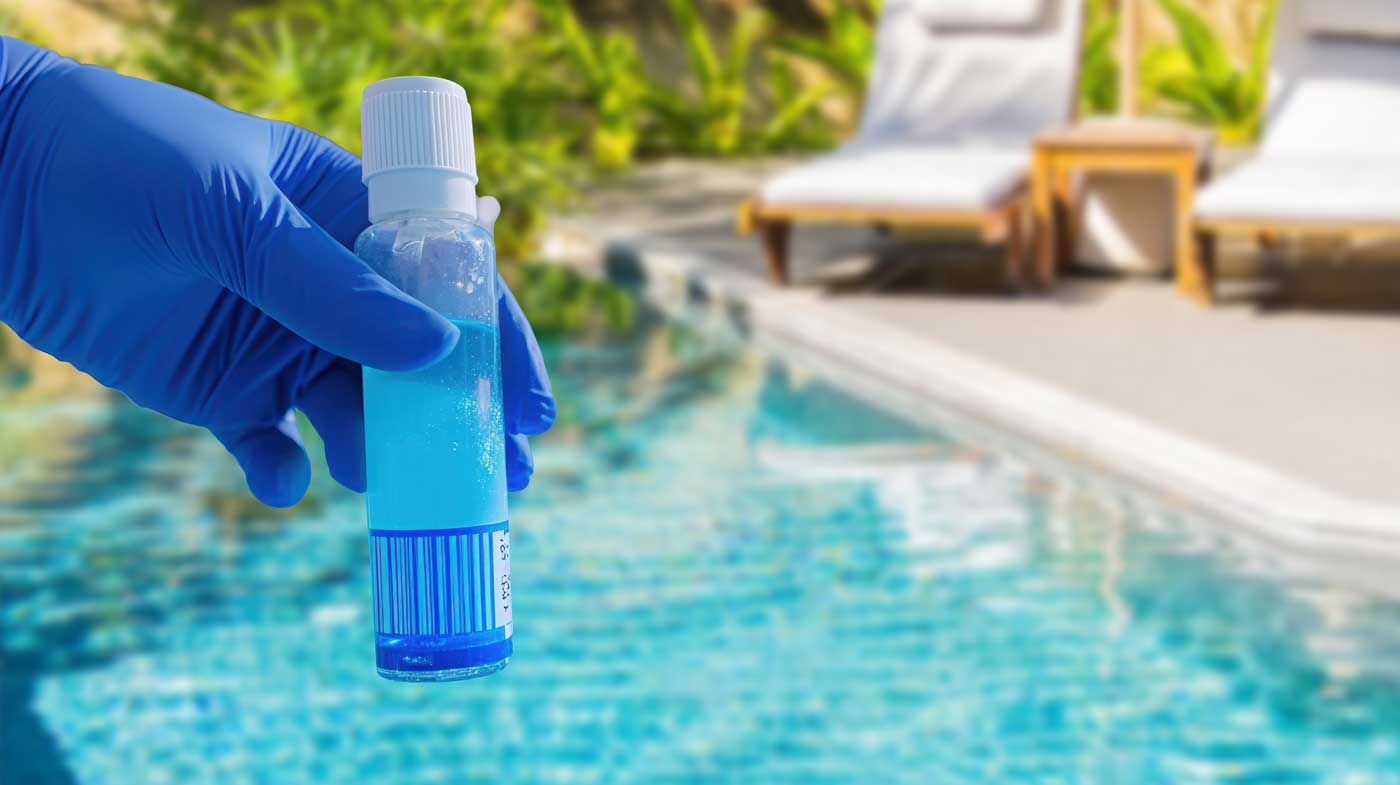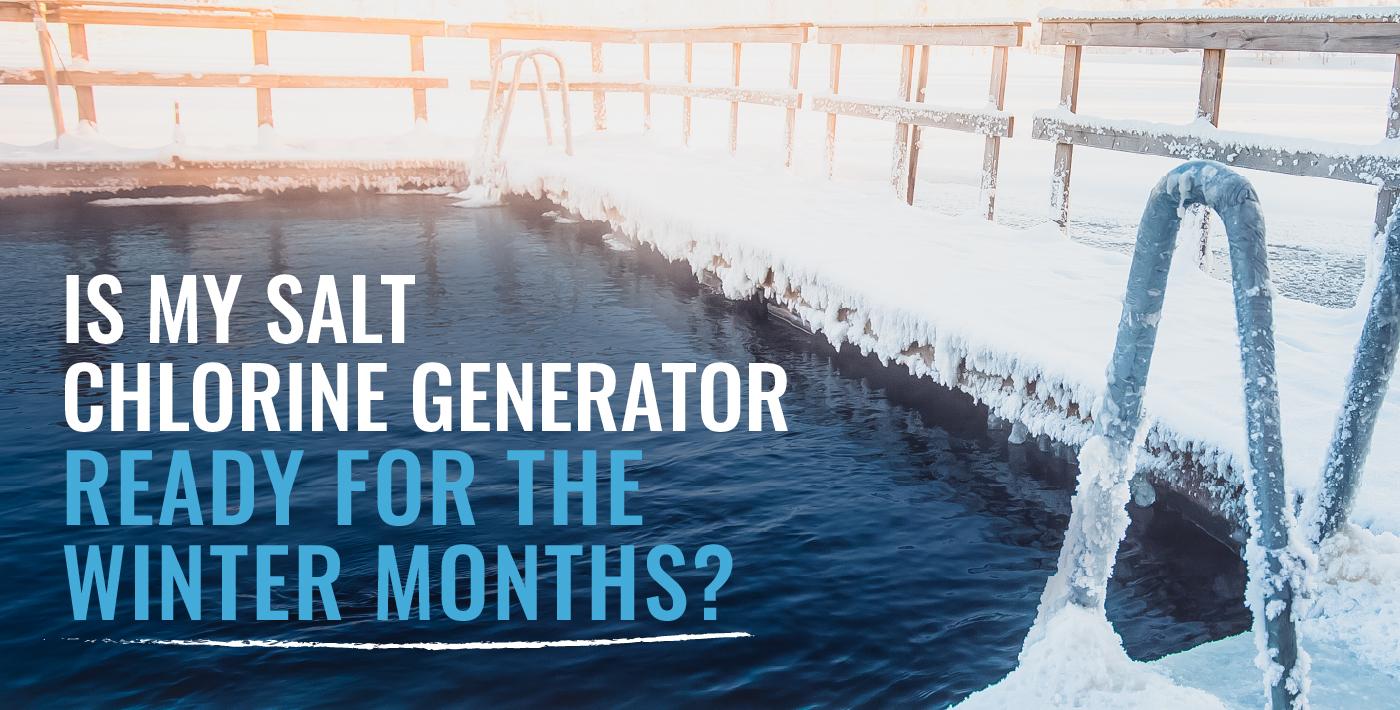Also, warranties can be voided if improper water chemistry is determined to be the reason…
Summer’s here and it’s swimming season! Time to use the pool and relax with family and friends. But wait…is the pool ready?
Sure, you have followed your standard routine for opening your pool for the season (those of you living north of the Mason-Dixon Line knows what that means), but getting your pool filled and circulating is only part of the job. To keep your pool water swimmer friendly, you will have to do more. Regular maintenance is required, and that’s what we cover in this blog.
Maintain Proper Water Chemistry
Your pool needs periodic testing to ensure that you are maintaining proper water chemistry. Some pool owners test their water monthly, but experts highly recommend that you test your chlorine and pH levels weekly. This ensures that your water is safe for swimming. Further, they recommend that you test to determine the Saturation Index of your pool water on a monthly basis, or have it tested at your local professional pool store. This test determines the overall water balance of your pool. By doing this at least once a month, you will be able to keep water conditions balanced, which prevents corrosion and scale formation, and helps your treatment chemicals to work more effectively.
Five levels are crucial when checking for water balance: pH level, chlorine level, Saturation Index, calcium hardness, and water temperature. The pH level affects the strength of your chlorine, and a proper pH level ensures that your pool water is comfortable on the skin and eyes. Chlorine keeps the germs and algae from affecting your pool. The Saturation Index indicates the total alkalinity, which acts as a buffer for the pH level. Calcium hardness can affect water clarity, and scale formation on your tile, plumbing, and the pool plaster finish.
It is important that you also monitor your water temperature, because warmer water is especially prone to all of the issues your chemicals are designed to control.
Chlorine demand, which is the amount of chlorine you need to add to maintain proper chlorine levels in the water, will increase as the weather gets warmer. Extended daylight hours and higher pool usage will consume chlorine at a higher rate than evening hours and cooler temperatures. Therefore, make sure you test frequently and adjust your chlorine quantities needed to maintain proper levels, especially during periods of high demand.
With Salt Chlorine Generators (SCG), most systems will need to be manually adjusted to increase chlorine production as it gets warmer, then decreased as it gets cooler after the summer heat. The AutoPilot SCG system has a patented Automatic Temperature Compensation feature that increases and decreases the output setting, automatically, based on water temperature changes. This feature helps maintain steady chlorine levels throughout the spring, summer, and fall seasons (and winter months for year around pool owners). Concerning the Saturation Index and SCG systems, if the water balance is in a scale forming condition, there will be calcium scale building up on the cell blades, which hinders chlorine production and decreases cell life. Balanced water conditions, along with the self-cleaning feature of SCGs, should help maintain fewer incidences of scaled cells, and acid cleaning of cells.
Pools that are exposed to heavy vegetation, fertilized landscaping, or frequent water additions are also prone to the effects of high phosphates. This source of food for algae can become problematic if allowed stay elevated. Phosphates can help algae thrive, or add to a heavy chlorine demand condition. Look for Lo-Chlor’s Lo-Phos Max (https://www.lo-chlor.com/product/189-Lo-Phos-Max) to eliminate and avoid the problems of Phosphates.
Maintain Proper Circulation
Make sure your pool pump is running long enough to get proper circulation. This is not just necessary to keep debris filtered out of your pool, but also allows proper chlorination. This is especially for pools that are not manually fed chemicals. Also, make sure that your SCG, erosion feeders, or chemical feed pumps run long enough to maintain proper chlorine levels.
Maintain Proper Filtration
Summer months will introduce more debris into the pool, so filters will get dirtier quicker. As a rule-of-thumb, backwash or clean your filter when the pressure gauge increases 7-10 psi over your clean filter pressure. The higher pressure is telling you that the filter is getting gummed up with all of the stuff that it pulled from your pool water.
You can keep your pool in tip-top shape all season long by keeping up with the regular maintenance we have discussed. In summary, remember: test your water frequently, keep your filter clean, adjust chemicals slowly, and ensure proper chlorination and circulation. Staying on top of your pool maintenance will make your pool more enjoyable, while preventing problems that come with neglect.
If you would like to read more about Water chemistry please click here.



How do I raise salt chlorination via pool pilot?
chlorine production is controlled by the output % and the pool pump run time. The higher the output % and the longer the pump run time, the more chlorine is produced. Some models have different power levels that will also increase the amount produced with a given output% and pump run time.